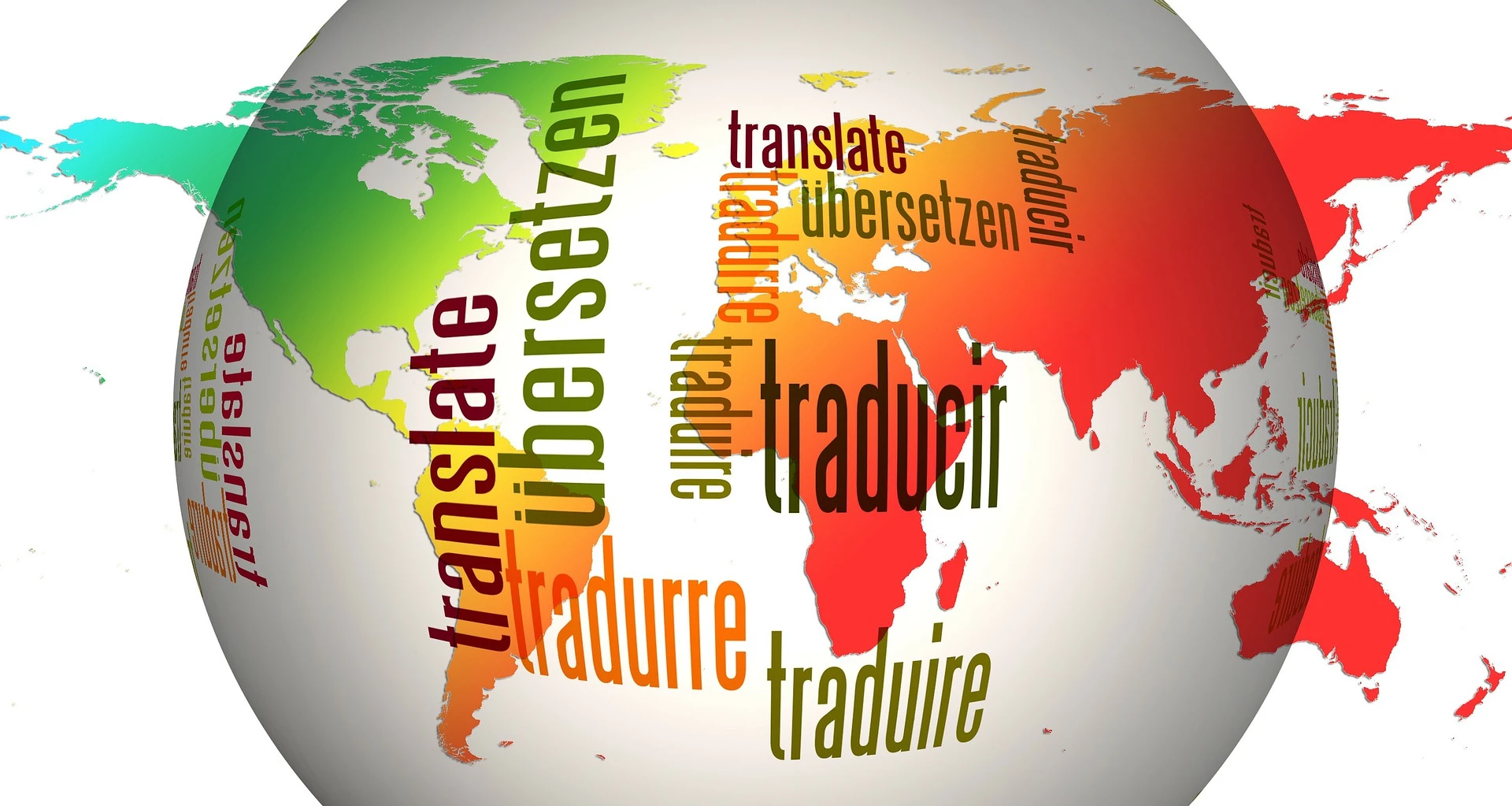
Partner Article
Don’t let Artificial Intelligence get you lost in translation, industry expert shares at the Beijing Data Innovation Summit
Although Artificial Intelligence development in machine translation is leading to lower prices, higher efficiency and increasing speed of translation for businesses, there remains much to do to create a robust system that covers all known languages and all specialised subject areas with the same level of usage quality. This is why have a data quality management system is key to utilising the technology safely.
That was the message from Julie Giguere, Managing Director of London-based international translation agency Asian Absolute, to delegates at the recent AI & Big Data Innovation Summit in Beijing.
Mrs Giguere explained that machine translation may have now achieved human parity on specific data set and language pairs said, but it does not mean that machine translation is a solved problem and that it can be used by all enterprise with the same efficiency.
“There are still many challenges such as data scarcity and data quality,” Julie explained.
“Users of Machine Translation sometimes turn to the web to obtain data to train their system, which can lead to MT contamination where large amounts of bilingual data are collected automatically and a portion consists of machine-translated text, or very poor quality or uncontrolled data is being used. The costs of translation failures are often more than just financial: reputational risk, legal exposure, miscommunication and machines still can’t grasp all the subtleties and nuances of a language or incorporate the creativity that a human would.”
Mrs Giguere encourages businesses and translation companies to see the improved machine translation as tools that augment conventional translation services, rather than a technology that will replace professional translators. Not the least due to the anticipate need for businesses to translate content into a steadily increasing number of “niche” languages in order to reach small but fast-growing economies.
“Where approximately 14 languages are sufficient to reach about 75% of global Internet users today, reaching the next 20% requires adding about 40 more,” she adds. “It has been estimated that, by 2027, businesses will need to translate into more than 60 languages in order to reach 96% of the online population.”
So, with even the smallest enterprise potentially serving a global client base, the need to communicate across languages and cultures will continue to grow.
“For these potential clients the lower cost of translation will increase both the demand and number of buyers that can consider sophisticated translation services they haven’t previously been able to afford whilst the number of languages that can be profitably translated is increasing with the new lower-cost, AI-supported approach,” concluded Giguere.
Ends.
This was posted in Bdaily's Members' News section by Adam Gilbert .
Enjoy the read? Get Bdaily delivered.
Sign up to receive our popular morning National email for free.






 B Corp is a commitment, not a one-time win
B Corp is a commitment, not a one-time win
 Government must get in gear on vehicle transition
Government must get in gear on vehicle transition
 A legacy in stone and spirit
A legacy in stone and spirit
 Shaping the future: Your guide to planning reforms
Shaping the future: Your guide to planning reforms
 The future direction of expert witness services
The future direction of expert witness services
 Getting people into gear for a workplace return
Getting people into gear for a workplace return
 What to expect in the Spring Statement
What to expect in the Spring Statement
 Sunderland leading way in UK office supply market
Sunderland leading way in UK office supply market
 Key construction developments in 2025
Key construction developments in 2025
 Mediation must be part of planning process
Mediation must be part of planning process
 From apprentice to chief financial officer
From apprentice to chief financial officer
 Don't stifle growth with apprenticeship cuts
Don't stifle growth with apprenticeship cuts